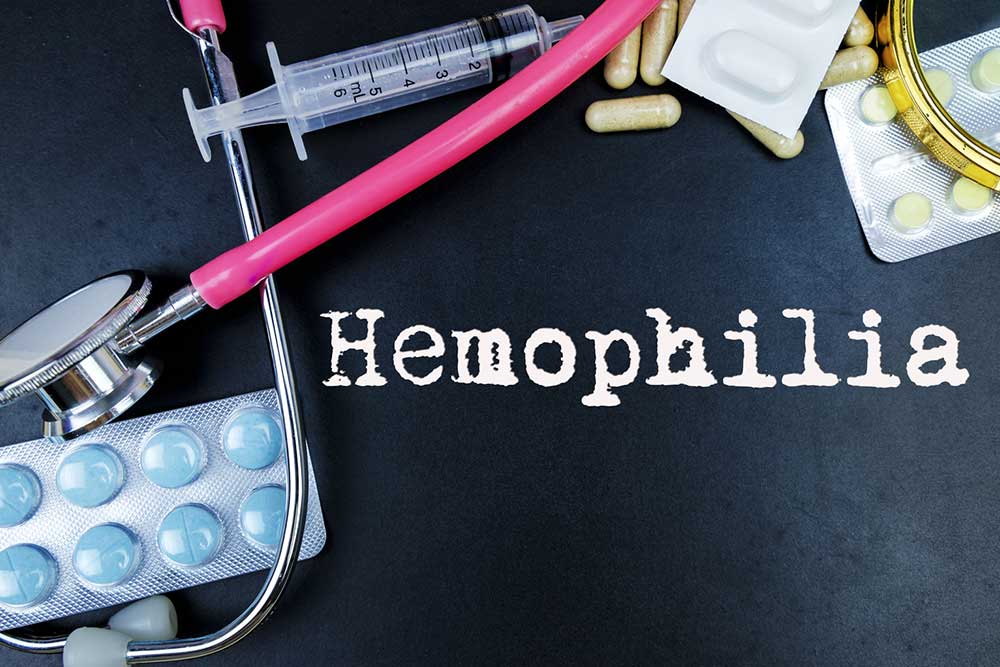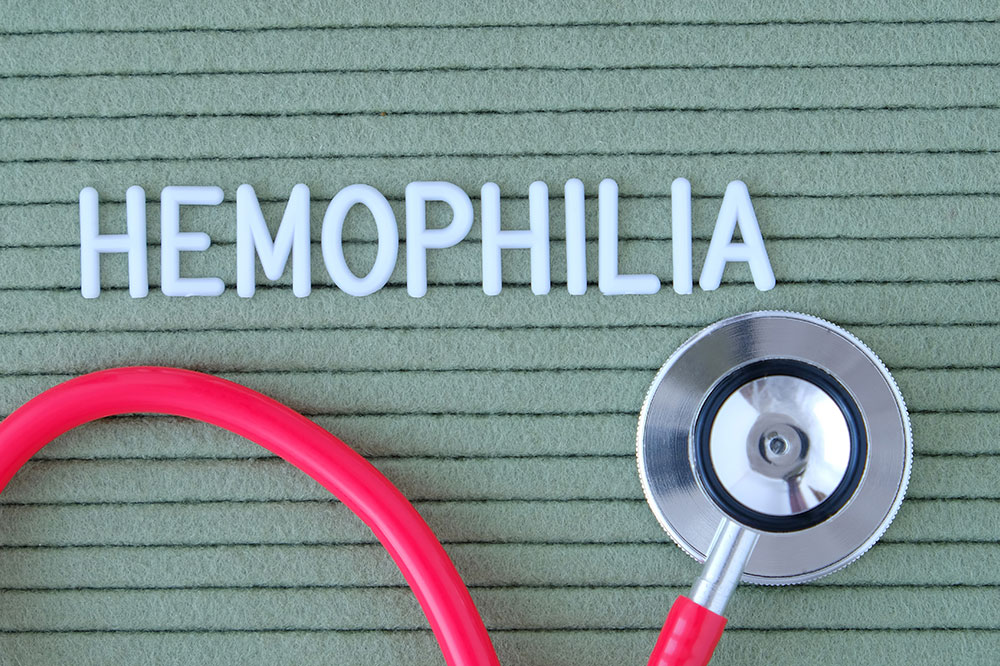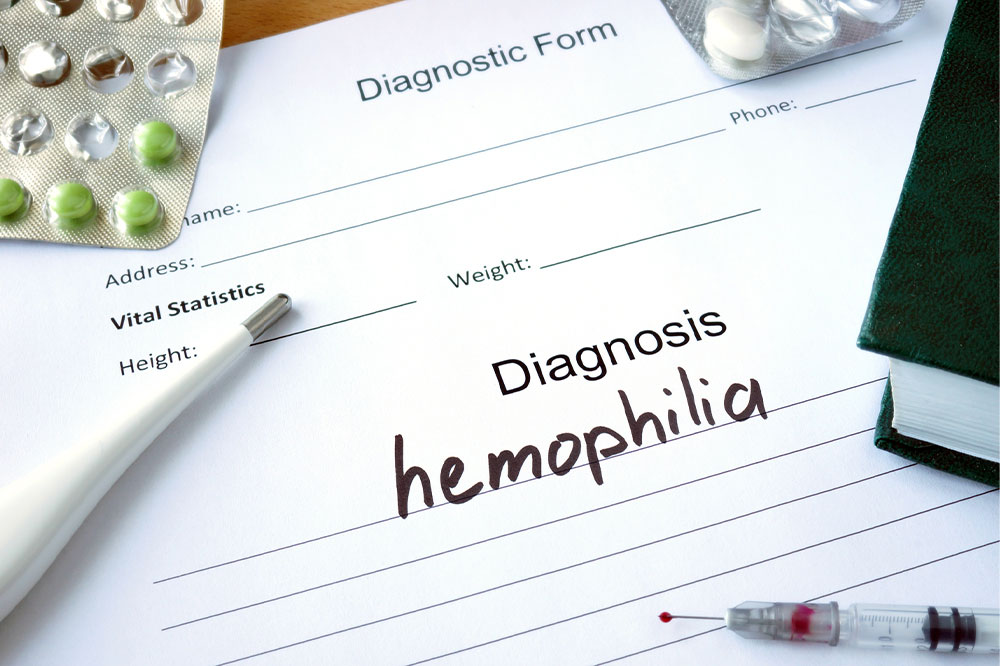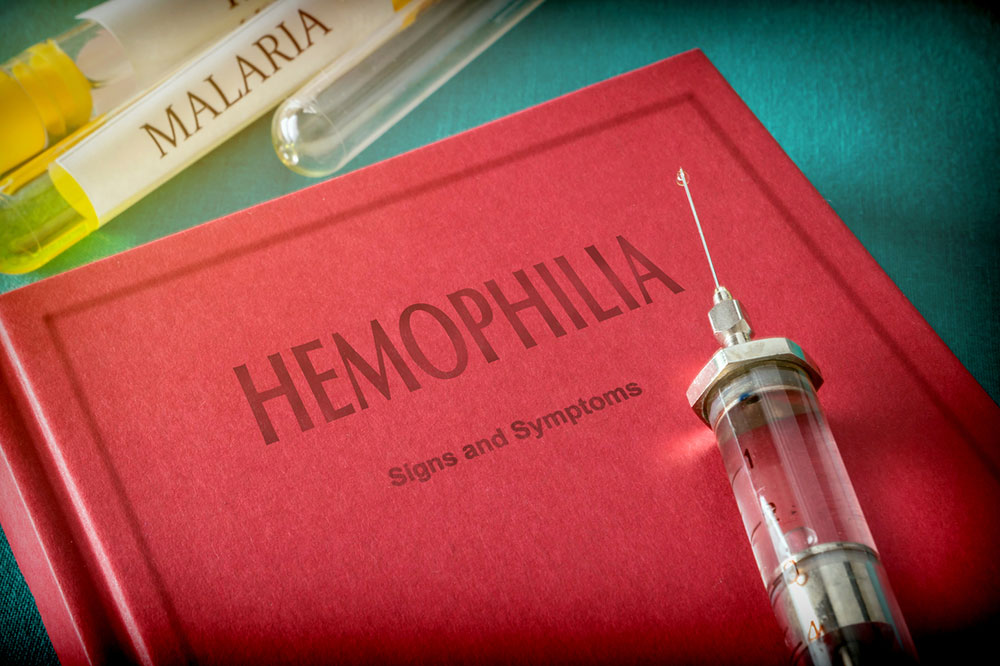Comprehensive Guide to Spotting Hemophilia Symptoms and Ensuring Prompt Medical Intervention
Hemophilia is a hereditary bleeding disorder that can cause severe health complications if not identified early. This comprehensive guide details the signs and symptoms to watch for, including spontaneous internal bleeding, joint swelling, and unusual bruising. Recognizing these critical indicators and seeking immediate medical attention can significantly improve quality of life and prevent life-threatening complications. Whether in children, adults, or pregnant women, understanding hemophilia's warning signs aids early diagnosis and effective management, ensuring better health outcomes for patients.
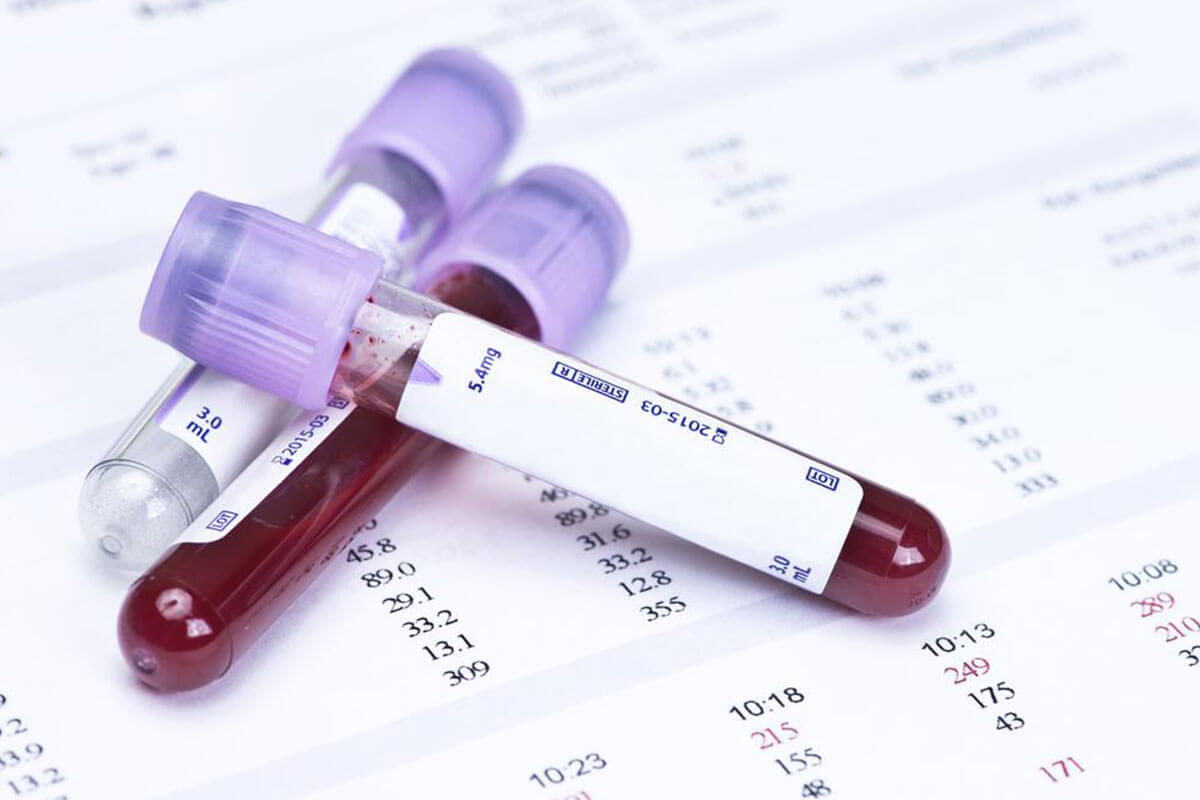
Comprehensive Guide to Spotting Hemophilia Symptoms and Ensuring Prompt Medical Intervention
Hemophilia is a serious inherited bleeding disorder that demands immediate medical attention once symptoms manifest. Early recognition of the signs can significantly improve outcomes and potentially save lives.
Hemophilia is a genetic condition characterized by the body's inability to properly form blood clots due to deficiencies in specific clotting factors. This impairment leads to excessive bleeding even from minor injuries. The disorder predominantly involves two main types: Hemophilia A, which results from a deficiency in clotting factor VIII, and Hemophilia B, caused by a lack of clotting factor IX. Human blood contains a total of 13 essential clotting factors, each playing a crucial role in the body's natural clotting process. Understanding these factors is vital for recognizing the severity and management of the disorder.
Statistics show that over 80% of hemophilia cases are of the Hemophilia A variety. The severity of symptoms can vary considerably depending on the degree of clotting factor deficiency, ranging from mild to life-threatening. Prompt diagnosis and intervention are essential for managing symptoms effectively and preventing serious complications.
Recognizing Signs and Symptoms of Hemophilia
It is important to note that symptoms may differ based on the severity of the condition. Individuals with mild hemophilia may only experience bleeding episodes after surgery, dental procedures, or significant trauma, often without noticeable symptoms in their daily lives. Moderate cases typically involve recurrent bleeding episodes, often monthly, which may require medical management. In severe cases, spontaneous bleeding occurs without identifiable causes, affecting joints, muscles, and internal organs, leading to significant health complications.
Common physical signs include frequent, deep bruises that are inefficient to resolve, and prolonged bleeding from cuts or injuries. Dental procedures, vaccinations, and even minor cuts can lead to excessive bleeding. Internal bleeding into joints and muscles manifests as swelling, warmth, and pain, often mistaken for infections or injuries. Some patients may also present with blood in urine or stool, ongoing nosebleeds, or unexplained irritability and fussiness in infants unable to communicate their discomfort effectively.
When and Why to Consult a Healthcare Provider
Most symptoms of hemophilia tend to appear by the age of two, though in some cases, signs may emerge earlier or later. Parents and caregivers should remain vigilant for abnormal bleeding episodes, especially persistent bleeding after circumcision or other minor injuries. Children who bruise easily or bleed excessively should be evaluated promptly by a healthcare professional. For pregnant women with a family history of hemophilia, genetic testing and fetal screening are recommended to assess risks for the unborn child.
Emergency Symptoms That Require Immediate Medical Attention
If you or someone you care for experiences the following symptoms, do not delay seeking emergency care:
Excessive bleeding following injuries, especially in cases of severe hemophilia.
Significant swelling, warmth, pain, or stiffness in large joints such as knees, hips, or elbows, which might indicate internal bleeding into the joint space.
Persistent or severe headaches, neck stiffness, or neurological changes, which could be signs of bleeding into the brain (intracranial hemorrhage).
Vomiting, extreme fatigue, or sudden behavioral changes, possibly indicating internal bleeding in internal organs or brain.
Seizures, double vision, or loss of consciousness following trauma, indicating possible brain hemorrhage.
While advances in treatment have improved outcomes, internal bleeding remains a major risk. Recognizing symptoms early and seeking prompt medical care is crucial in managing and reducing complications associated with hemophilia.
